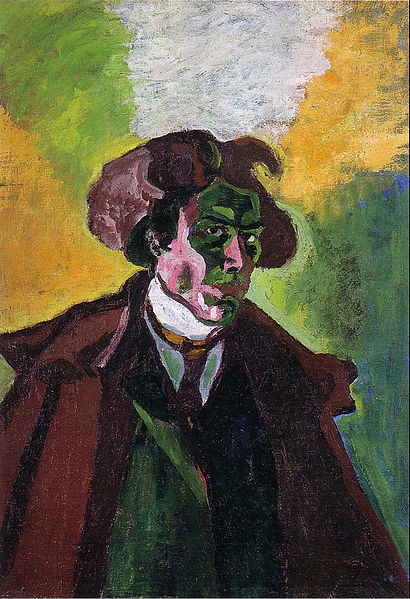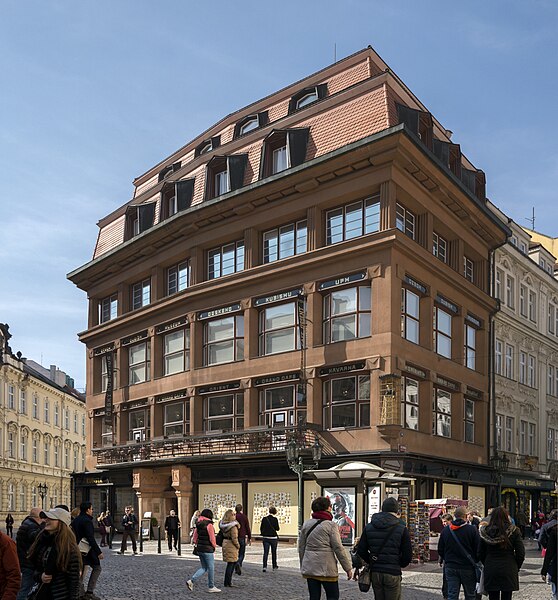Czech Cubism was an avant-garde art movement of Czech proponents of Cubism, active mostly in Prague from 1912 to 1914. Prague was perhaps the most important center for Cubism outside Paris before the start of World War I.
Image: Bohumil Kubišta
Image: Prag Kubismus Schwarze Madonna 1
Image: NM Český kubismus cukřenka
Cubist Kovařovicova villa designed by Josef Chochol, Prague
An art movement is a tendency or style in art with a specific art philosophy or goal, followed by a group of artists during a specific period of time, or, at least, with the heyday of the movement defined within a number of years. Art movements were especially important in modern art, when each consecutive movement was considered a new avant-garde movement. Western art had been, from the Renaissance up to the middle of the 19th century, underpinned by the logic of perspective and an attempt to reproduce an illusion of visible reality. By the end of the 19th century many artists felt a need to create a new style which would encompass the fundamental changes taking place in technology, science and philosophy.
Jacques-Louis David, The Coronation of Napoleon, (1806), Musée du Louvre, Neoclassicism
Eugène Delacroix, Liberty Leading the People 1830, Romanticism
Thomas Cole, The Course of Empire: The Savage State, 1836, Hudson River School
Gustave Courbet, Stone-Breakers, 1849, Realist School








